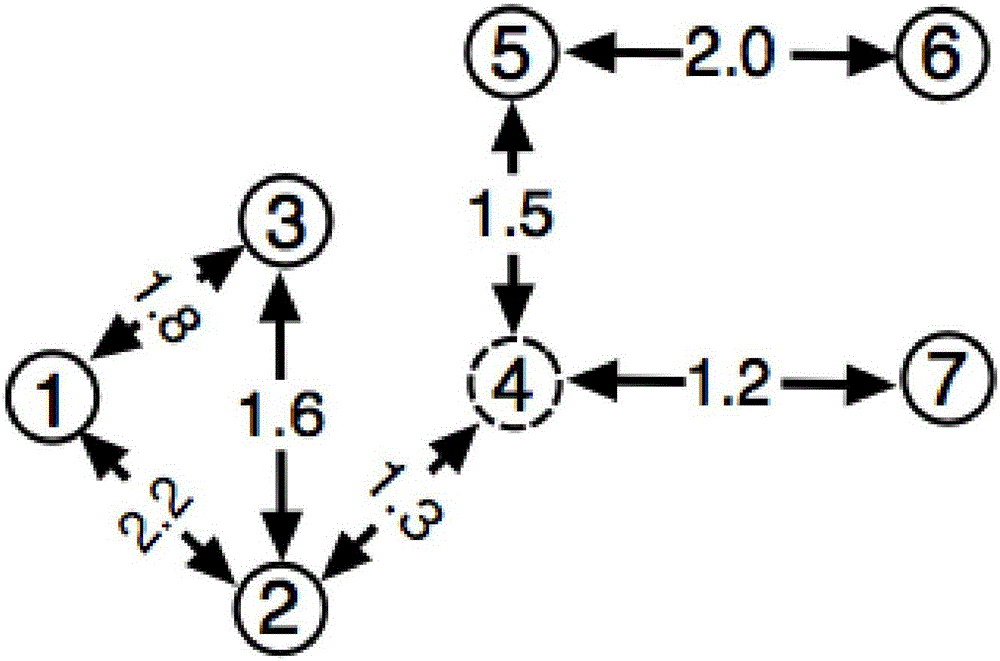Method for measuring imbalance degree of spatial distribution of public transportation network traffic flow
A technology of spatial distribution and public transportation network, applied in the field of network science and public transportation, can solve problems such as the inability to effectively describe the uneven distribution of traffic flow and the uneven distribution of traffic flow in the public transportation network
- Summary
- Abstract
- Description
- Claims
- Application Information
AI Technical Summary
Problems solved by technology
Method used
Image
Examples
Embodiment Construction
[0016] The present invention will be further described below in conjunction with the drawings.
[0017] Reference figure 1 , A method to measure the degree of unbalanced spatial distribution of traffic flow in a public transit network, including the following steps:
[0018] Step 1: Statistics and collection of actual urban public transportation network data, including latitude and longitude information of bus stops, location and length of bus lines;
[0019] Step 2: Construct a weighted directed spatial network model of the urban public transport system. The nodes of the network model are public transport stations with longitude and latitude information; if two stations are adjacent stations on a public transport route, there will be a gap between the two stations. There is a connecting edge, which reflects the direction of the corresponding bus line, and its weight is the actual length of the bus line between the two stations. figure 1 Represents a weighted directional spatial pu...
PUM
 Login to View More
Login to View More Abstract
Description
Claims
Application Information
 Login to View More
Login to View More - R&D
- Intellectual Property
- Life Sciences
- Materials
- Tech Scout
- Unparalleled Data Quality
- Higher Quality Content
- 60% Fewer Hallucinations
Browse by: Latest US Patents, China's latest patents, Technical Efficacy Thesaurus, Application Domain, Technology Topic, Popular Technical Reports.
© 2025 PatSnap. All rights reserved.Legal|Privacy policy|Modern Slavery Act Transparency Statement|Sitemap|About US| Contact US: help@patsnap.com



